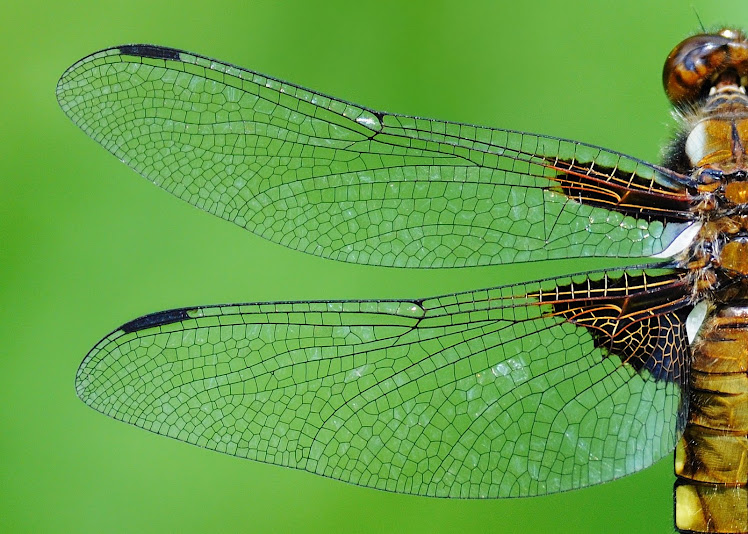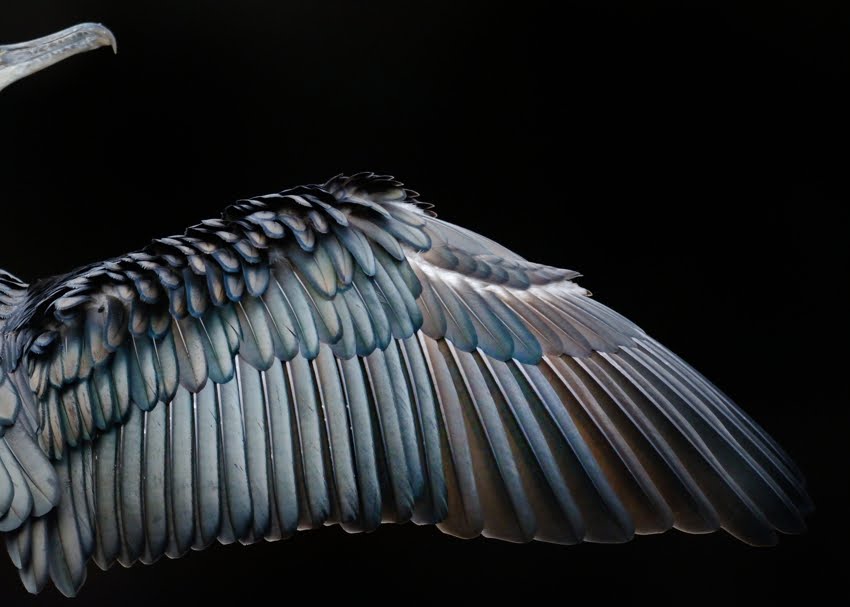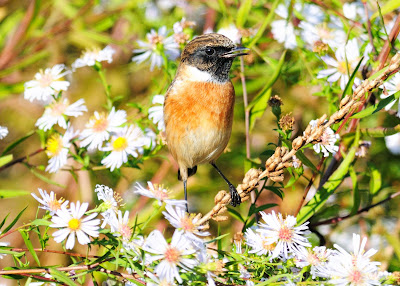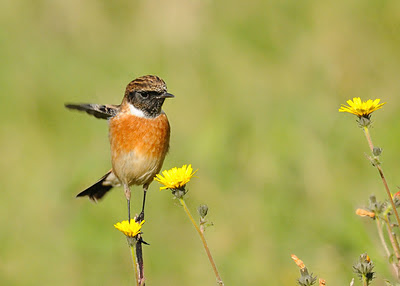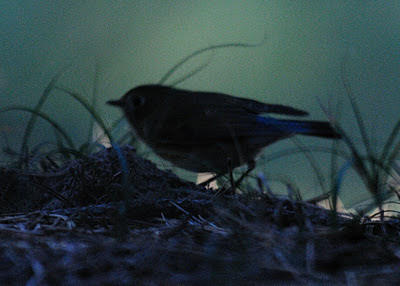Steve has been playing his Crass songs since getting a band together in 2007. After taking it around the world, this was the final time Steve was to play Crass songs with the band.
So to the Shepherd's Bush Empire. An undoubtedly emotional Steve doing these songs for the last time, but this wasn't evident as the band launched into some classic numbers starting with Do They Owe Us A Living?
A superb set featured all the classic Crass songs. Carol Hodges on vocals was terrific. Former Crass band members Penny Rimbaud and Eve Libertine joined in.
Steve now lives in Norfolk with his partner Jona. He volunteers for the Sea Palling Search & Rescue team - the crew were present and did a great job of emptying the pockets of some old punks. They even made it onto the stage!
More songs, more memories: Punk Is Dead, Banned From the Roxy, So What, Bloody Revolutions and the little kids on for the opening of Big A Little A, and what a crowd!
Where are the Steve Ignorants of today?
More Steve Ignorant information at http://steveignorant.co.uk/
